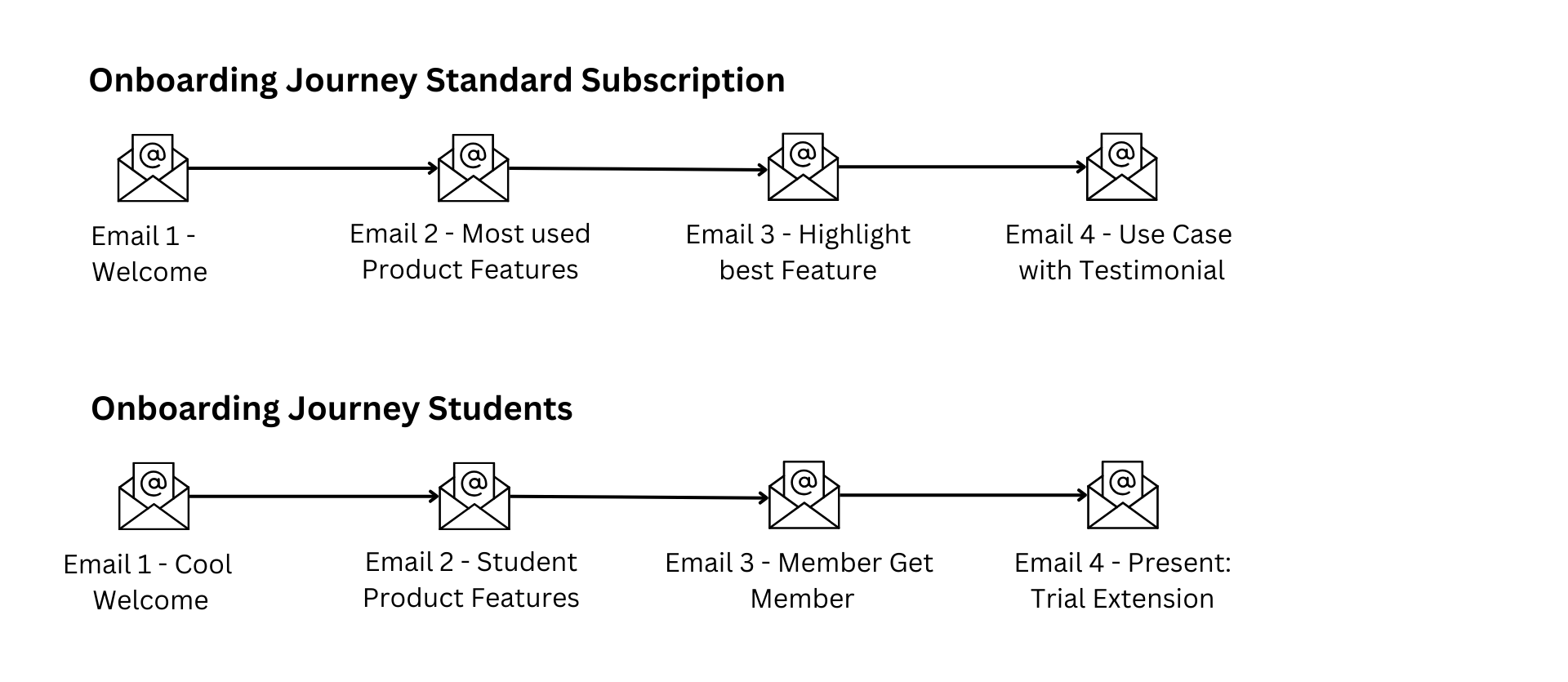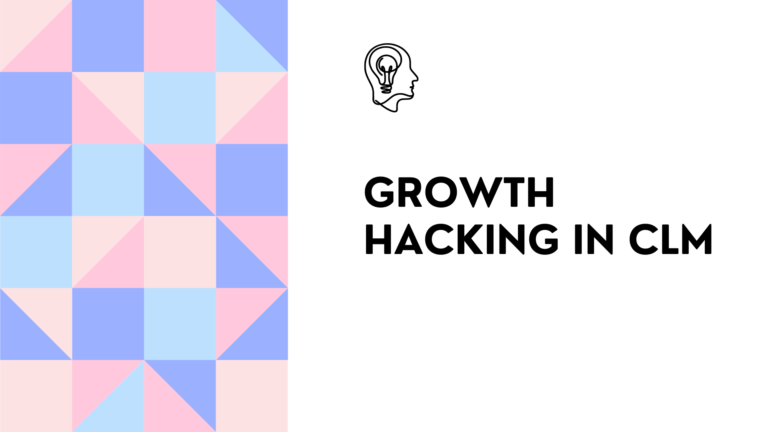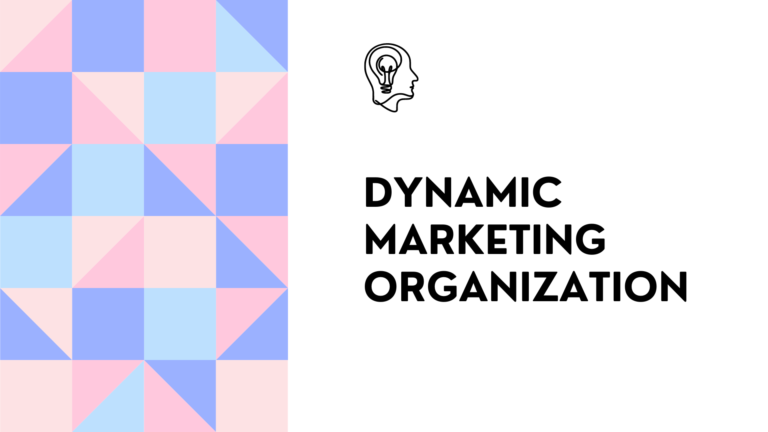After reading this article you will understand how to profit from Growth Hacking, what you can do with it, how to use it and the important key components of it. Furthermore I will share some advice that I have learned while conducting hundreds of experiments using this approach.
Growth Hacking is a proven methodology and a rigorous process to improve the performance of your various marketing efforts over time. Using the scientific method to find psychological effects and thereby learning about your users leads to performance gains, which add up over time, cumulating in huge improvements in your performance and driving growth for your whole company.
Growth Hacking process
As a framework for continuous experimentation the Growth Hacking methodology consists of 4 phases.

Ideate
You constantly need to collect ideas for experiments to feed your Growth Hacking cycle. Include a wide range of stakeholders into the ideation process to get a diverse set of ideas.
Prioritize
To ensure you are testing your ideas in the order that creates the most business value, you want to prioritise the experiments with the biggest potential gains, which require the least resources to implement. For the prioritisation I recommend you to use the ICE-Score. Each idea is scored from 0-10 on the dimensions Impact, Confidence (that the experiment will lead to a significant improvement) and Ease (how easy it is to implement; the easier the fewer resources you need). These 3 scorings are then averaged and the ideas with the highest average are tested first.
Test
Implement your ideas as experiments and start gathering data. Make sure to use randomized sampling for your test groups.
Analyse
When you have collected enough data or a predefined deadline passes, analyze your test using statistical analysis. If you find a statistically significant improvement, implement this improvement into your marketing setup. The Growth Hacking process is not necessarily a linear circle. You should collect and prioritise ideas all the time. Also there should be several experiments running in parallel for different channels, journeys, messages and landing pages. The amount of experiments that run should be limited only by the resources of your growth team.
What can we learn using Growth Hacking?
1. Designing performant Customer Journey concepts
The first category where learnings can drastically improve performance of your marketing is the concept of your customer journeys. Imagine you’re crafting a masterpiece, where each paint brush stroke is a customer interaction. Some questions come up right away:
-
- What experiences should my customer journey encompass? A single email with a compelling offer, or perhaps a sequence that gently nudges the users towards a decision?
-
- Is engaging a customer upfront the key to unlocking their interest, or should the offer come first?
-
- How can we ensure our customers truly feel the value our product offers?
-
- Which channels should we use for communications (email, in-app, on-website, push notifications, sms or Whatsapp)?

These questions are very hard to answer without data and experiments. Growth Hacking is a structured process to get insights on these questions and learn more about how your customer segments behave.
2. Designing a Holistic Customer Experience concept
Besides the very important concept of single customer journeys, we should take a step back and review the interplay of all of our customer journeys and ask yourself: How many customer journeys do we need?
If your company has a subscription based business model, you will probably need at least these journeys:
-
- Lead Generation
-
- Lead Nurturing
-
- Onboarding
-
- Retention
-
- Churn Prevention
-
- Winback
Should we use the same onboarding journey for every user or should there be different onboarding journeys for different customer segments? We should ask this question for every customer journey we have built.

All this information you can obtain by running experiments when sending out communications. Every communication you send out is an opportunity to learn about your customer. Growth Hacking in Customer Lifecycle Marketing is an effective strategy to continually increase the growth of your business over time.
3. The Art of Communication: Crafting Messages that Resonate
The third category is the content of the messages you are sending. What text and creatives we are using in our messages and how we structure the layout has a direct effect on the user behaviour.
Copywriting
-
- What text should I use in my message?
-
- Should I tell a story and have a long text or should I better come to the point right away and describe my offer?
-
- What text should I use for the CTA button?


Creatives
-
- Does a creative in my message improve the performance or should I better forgo the creative?
-
- What kind of imagery transforms into action?
-
- Is creative A or creative B driving a higher performance?


Layout
-
- Which layout resonates most with our target audience?
-
- What color should my CTA have?
-
- How many CTAs are optimal to maximize the conversion rate?


An interesting learning I generated doing hundreds of experiments in various industries with the channel email is that there is no one-size fits all. The copy, creatives and layout have to be tested for each customer segment. Even when a company offered the same product to different customer segments, we found that different messagings for the customer segments have shown optimal results.
4. The Symphony of Automation: Timing, Triggers, and Frequency
The last category is about details in your automated customer journeys. As we orchestrate the automated journeys of our customers, timing is everything.
Timing
-
- When is the golden moment to send our communications? Immediately post-sign-up, or should we give the customer a few days to get to know the product?
-
- Should I send my message in the morning, midday, or evening?
- On a weekday or on the weekend?
Trigger Events: The Catalysts for Action
-
- Upon what data do we initiate these journeys?
-
- Lead scoring becomes an art form, where knowing what to measure (and what not to) can make all the difference.
-
- How can we identify the customer behaviour that hints at the perfect moment to make an offer? Finding and proving these trigger events is one of the most important tasks of growth hacking.
- What are indicators of a soon to come churner?
Frequency of Communication
-
- How many messages should we send in what timeframe?
- How frequently can we contact our customers without being intrusive and prompting them to unsubscribe?
As you see there is a plethora of different ways of designing customer journeys and messages. You will never create the perfect customer journey or the perfect message with your first try. Using a structured approach to improving your customer journeys and communications with experiments, will increase your conversion and retention rates and make your marketing more profitable. Through growth hacking, every question becomes an opportunity to experiment, learn, and evolve. This iterative process isn’t just about growth; it’s about continuously refining our understanding of the customer, ensuring every interaction is an opportunity to enchant, engage, and convert.


